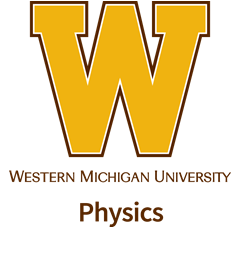Speaker
Dr
Robert Kurucz
(Harvard-Smithsonian Center for Astrophysics)
Description
I present a progress report on including all the lines in the line lists, including all the lines in the opacities, and including all the lines in the model atmosphere and spectrum synthesis calculations. The increased opacity will improve stellar atmosphere, pulsation, asteroseismology, nova, supernova, and other radiation-hydrodynamics calculations. I also report on using stellar atlases to verify the line data and spectrum calculations, and as tools for extending laboratory spectrum analyses to higher energy levels. All the data are available on my website kurucz.harvard.edu.
In updating previous calculations I generally compute three times as many levels, including all the most recent laboratory data, and produce ten times as many lines. With the addition of heavier elements that were not previously computed I expect to have more than one billion atomic lines. I already have production programs that can tabulate opacity spectra and opacity distribution functions (ODFs), and a model atmosphere program ATLAS9 that uses ODFs for opacity, and ATLAS12 that uses opacity sampling for any number of atomic and molecular lines.
I have redone my calculations from the 1980s for elements up through zinc to produce about 544 million lines as of October 2016. Of these more than 2.11 million lines are between known energy levels so have good wavelengths for computing spectra. The completed ions are listed in /atoms/completed. I am now working on the heavier elements and will have many more lines by the time of the workshop. New line lists for predicted lines, gfpred*, and for lines with good wavelengths, gfall*, are in the directory /linelists/gfnew. The gfall* lists include data from the literature when they are available. My old molecular line lists have been supplemented or replaced with new line data that many authors have generously placed on the web.
Author
Dr
Robert Kurucz
(Harvard-Smithsonian Center for Astrophysics)

